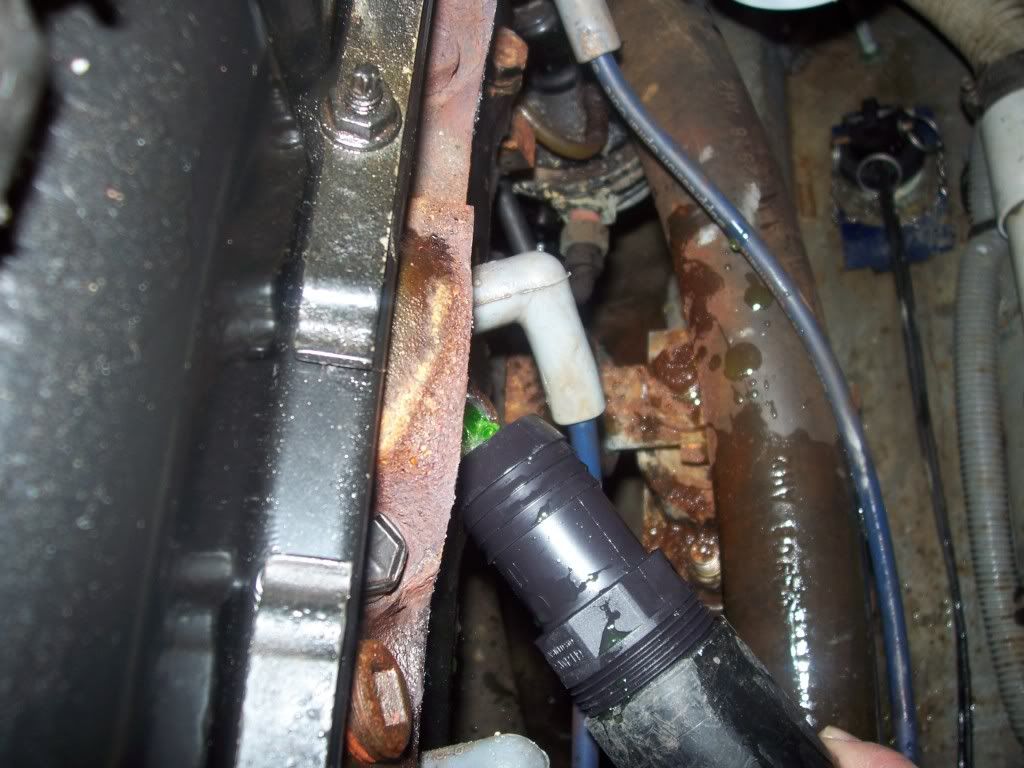I usually remove my impellers and put them on the galley counter over the winter to relieve pressure on the vanes. It also lets me inspect them closely for wear and cracking.
So, last year I pumped pink through the engines and then removed the impellers making a bit of a mess with pink. The other thing I don't like with using the impellers to draw the pink is the the crazy volume they draw. It is difficult to meter the amount put in and wasted and there is the chance of sucking air into the raw water pump when the bucket of pink runs out. Not to mention the first couple of gallons mix with the water remaining in the engine.
So, I was thinking. If I remove the impellers, close up the raw water pumps and either blow air through or suck water out of the engine to remove most of the water, then pump pink through the engines with an electric pump, it will be less messy, at a higher concentration, and less wasteful. The only problem I can see is the potential for pink back washing to the cylinder heads, which would be really bad. So, I can remove the hose that comes from the heat exchanger to the exhaust and put a bucket under it to catch the pink.
Anyone see a problem with this, except the extra work, which really isn't for me since I remove the impellers anyway?
So, last year I pumped pink through the engines and then removed the impellers making a bit of a mess with pink. The other thing I don't like with using the impellers to draw the pink is the the crazy volume they draw. It is difficult to meter the amount put in and wasted and there is the chance of sucking air into the raw water pump when the bucket of pink runs out. Not to mention the first couple of gallons mix with the water remaining in the engine.
So, I was thinking. If I remove the impellers, close up the raw water pumps and either blow air through or suck water out of the engine to remove most of the water, then pump pink through the engines with an electric pump, it will be less messy, at a higher concentration, and less wasteful. The only problem I can see is the potential for pink back washing to the cylinder heads, which would be really bad. So, I can remove the hose that comes from the heat exchanger to the exhaust and put a bucket under it to catch the pink.
Anyone see a problem with this, except the extra work, which really isn't for me since I remove the impellers anyway?




